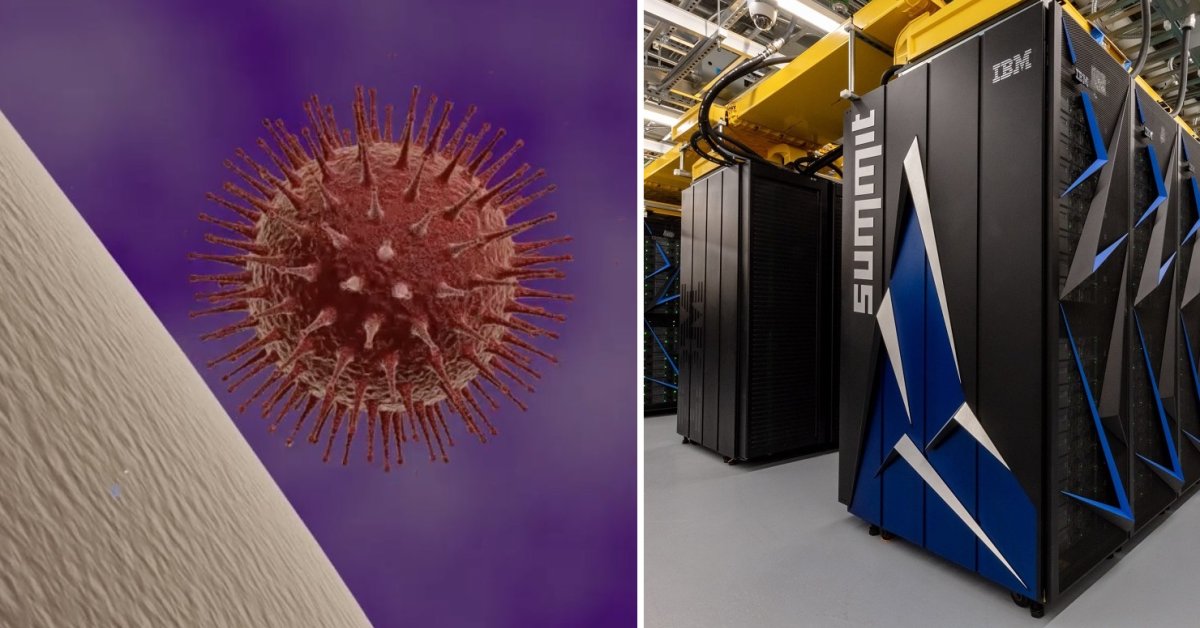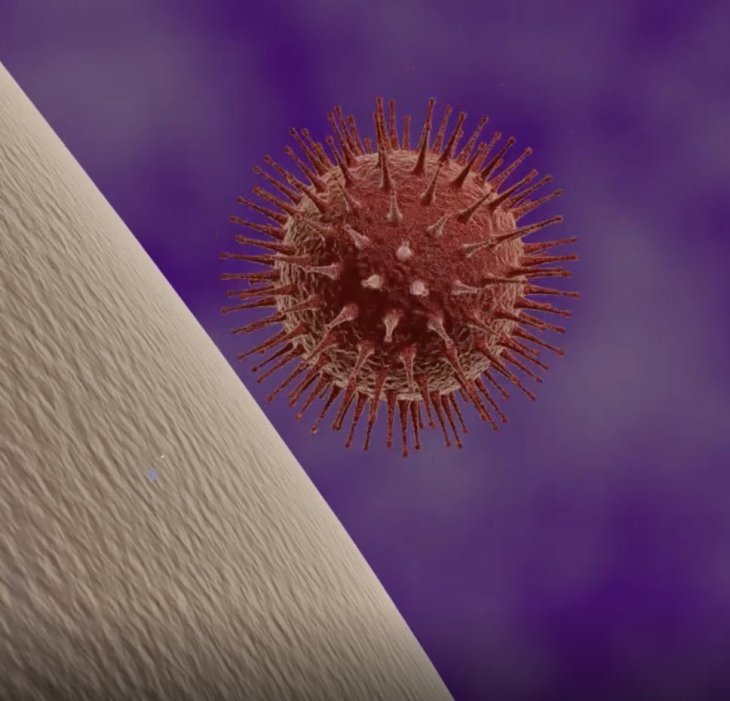World's Most Powerful Supercomputer Summoned To Fight The Coronavirus, Here's Hope
Dhir Acharya - Mar 07, 2020

Researchers will use the Summit supercomputer to find a protein that can prevent the coronavirus from infecting the human lung cells.
- These Indian Cities Are Under Lockdown Again In 2021
- Foreigners Required To Take COVID-19 Anal Swab Test When Visiting China
- Countries That Have Received COVID-19 Vaccines From India
Amid the coronavirus outbreak that has spread worldwide, the Oak Ridge National Laboratory (ORLN) made an announcement that it will bring the Summit supercomputer to accelerate the process of figuring out a protein that can bind to the coronavirus’ spikes. If we can block these spikes, the virus won’t be able to infect lung cells.
Summit uses 220,800 CPU cores, 9.2PB memory, 188,416,000 CUDA cores, as well as 250PB mixed NVRAM/storage to conduct this task.

UT/ORNL CMB director Jeremy Smith said that Summit can help us get the simulation results we need rapidly. It will take the supercomputer one or two days but it may take a normal computer months to do this task. He also said that the results won’t mean a treatment or cure for the virus is created but they will likely provide information for future studies and give experimentalists a framework for further investigation into these compounds. That way, we will know if any of the compounds exhibit the characteristics we need to mitigate the coronavirus.
Summit was built by IBM and is currently the most powerful supercomputer of the world. In total, it has 4,608 nodes, each of which contains 2 IBM Power9 CPUs as well as 6 Nvidia Volta GV100 GPUs.
How does protein simulations help us?

On the surface of the coronavirus, there are spikes, which are proteins that trick the surface receptor of the ACE2 lung cell to let the virus in and start a viral infection. To stop the infection, one approach is blocking this protein residing on the virus, which prevents the virus from binding to the lung cells and hence blocking it from establishing an infection. We can block this protein by binding another one onto it.
But there are countless shapes of proteins and we need just a specific one to bind the spikes on the coronavirus.
Up to now, Micholas Smith, a researcher from ORNL and the University of Tennessee, using earlier studies, has sequenced the virus as well as a virtual model of the coronavirus’ spike protein. According to Smith, they could design a thorough computational model using the info published recently about this virus.
Smith and colleagues, with the help of Summit, are simulating the behavior os more than 8,000 different protein compounds along with their ability to bind to the virus’ spikes. The team has so far found 77 small-mocule drug compounds that can be studied further. Once they find the right protein, they can create a vaccine.
>>> Bill Gates Is Funding Research On Finding The Cure For Coronavirus
Featured Stories

Features - Jul 01, 2025
What Are The Fastest Passenger Vehicles Ever Created?

Features - Jun 25, 2025
Japan Hydrogen Breakthrough: Scientists Crack the Clean Energy Code with...

ICT News - Jun 25, 2025
AI Intimidation Tactics: CEOs Turn Flawed Technology Into Employee Fear Machine

Review - Jun 25, 2025
Windows 11 Problems: Is Microsoft's "Best" OS Actually Getting Worse?

Features - Jun 22, 2025
Telegram Founder Pavel Durov Plans to Split $14 Billion Fortune Among 106 Children

ICT News - Jun 22, 2025
Neuralink Telepathy Chip Enables Quadriplegic Rob Greiner to Control Games with...

Features - Jun 21, 2025
This Over $100 Bottle Has Nothing But Fresh Air Inside

Features - Jun 18, 2025
Best Mobile VPN Apps for Gaming 2025: Complete Guide

Features - Jun 18, 2025
A Math Formula Tells Us How Long Everything Will Live

Features - Jun 16, 2025
Comments
Sort by Newest | Popular